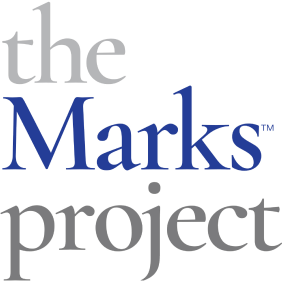![]() Printer version
Printer version
Nina Hole
Born 1941 Denmark
Died 2016 Orslev, Denmark
EDUCATION
1961-1963 Art and Craft School, Copenhagen, Denmark
1969-1972 Chatauqua Arts Institute, Jamestown, New York
1972-1974 Fredonia State University, Fredonia, New York
APPRENTICESHIPS & RESIDENCIES
2010 Artist in Residence, Watershed, Edgecomb. Maine
BIOGRAPHY
Nina Hole is known for her monumental clay “fire sculptures,” which are equal parts sculpture and performance art. These resemble rudimentary churches and houses built by teams of people, then fired in place. Although solid looking, the structures were hollow inside and built in a modular system which connected rows of slabs bent into a u-shape, making a strong, double wall system. These were sometimes minimal with a rough, rudimentary exterior decorated with terra sigillata or glaze.
Instead of being fired in a kiln, the fire brick bases are the kiln fire box. Wood is fed into the brick kiln base throughout the firing process. Once wrapped in insulating k-wool material the sculpture with its fire box is the kiln. When the insulating blankets are removed the monumental sculpture is revealed, a glowing fire belching sculpture. Sculptures would be built on fire bricks, and sometimes cement so they could be moved to another location. Hole’s performance art were Happenings[1] these reveals were events, a key part of her art.
Hole has permanent installations of these sculptures around the world, including Mexico, the United States, Australia, Portugal, Taiwan, Hungary, Wales, Korea, Germany, Japan, and her native Denmark.
Nina Hole is also known for her smaller sculptures including her “small houses” and “inspirational churches” series. Like her fire sculptures, these are inspired by houses, churches, with a rough finish and a muted palette of whites and browns.
Hole’s last fire sculpture was built on the Purdue University campus in West Lafayette, Indiana and completed in 2016 after her death. A video of the process and can be found here: https://www.youtube.com/watch?v=JzAlejgVGYM.
[1]https://www.theartstory.org/movement/happenings/history-and-concepts/ last accessed: 16 October 2021
PUBLIC COLLECTIONS
Aberystwyth Arts Centre, Aberystwyth, Wales, UK
American Museum of Ceramic Art, Pomona, California
Clay Keramikmuseum Grimmerhaus, Middelfart, Denmark
Fule Ceramics Art Museum, Fuping County, Shaanxi Province, China
Keramikmuseum Westerwald Fule Ceramics Art Museum, Höhr- Grenzhausen, Germany
Kunstindustrimuseet, Copenhagen, Denmark
Panevèžys Civic Art Gallery, Panevèžy, Lithuania
Purdue University, West Lafayette, Indiana
Porvo Bårgas Keramikmuseet, Porvo, Finland
Rhosska Museet, Gottenborg, Sweden
Ringebu Ceramik Collection, Ringebu, Norway
Taipei Country Yingo Ceramics Museum, Taipei City, Taiwan
Trapholtmuseet, Kolding, Denmark
The World Ceramic Center (WOCEK), Icheon, Korea
Vejen Kunstmuseum, Vejen, Denmark
BIBLIOGRAPHY
Brown, Glen R. “Nina Hole: Fire Portraits.” Ceramics Monthly, September 2001.
Hole, Nina. “Tales of a Red Clay Rambler: Nina Hole,” by Ben Carter, Studio Potter, Dec. 27, 2012. https://studiopotter.org/tales-red-clay-rambler-nina-hole
“Nina Hole: CV/Resume.” Nina Hole: Ceramic Artist, accessed August 5, 2021. http://www.ninahole.com/cv.html
 | Center For Craft |
 | AMOCA American Museum of Ceramic Art |
Citation: Beul, Jasmine. "The Marks Project." Last modified January 28, 2023. http://www.themarksproject.org:443/marks/hole





